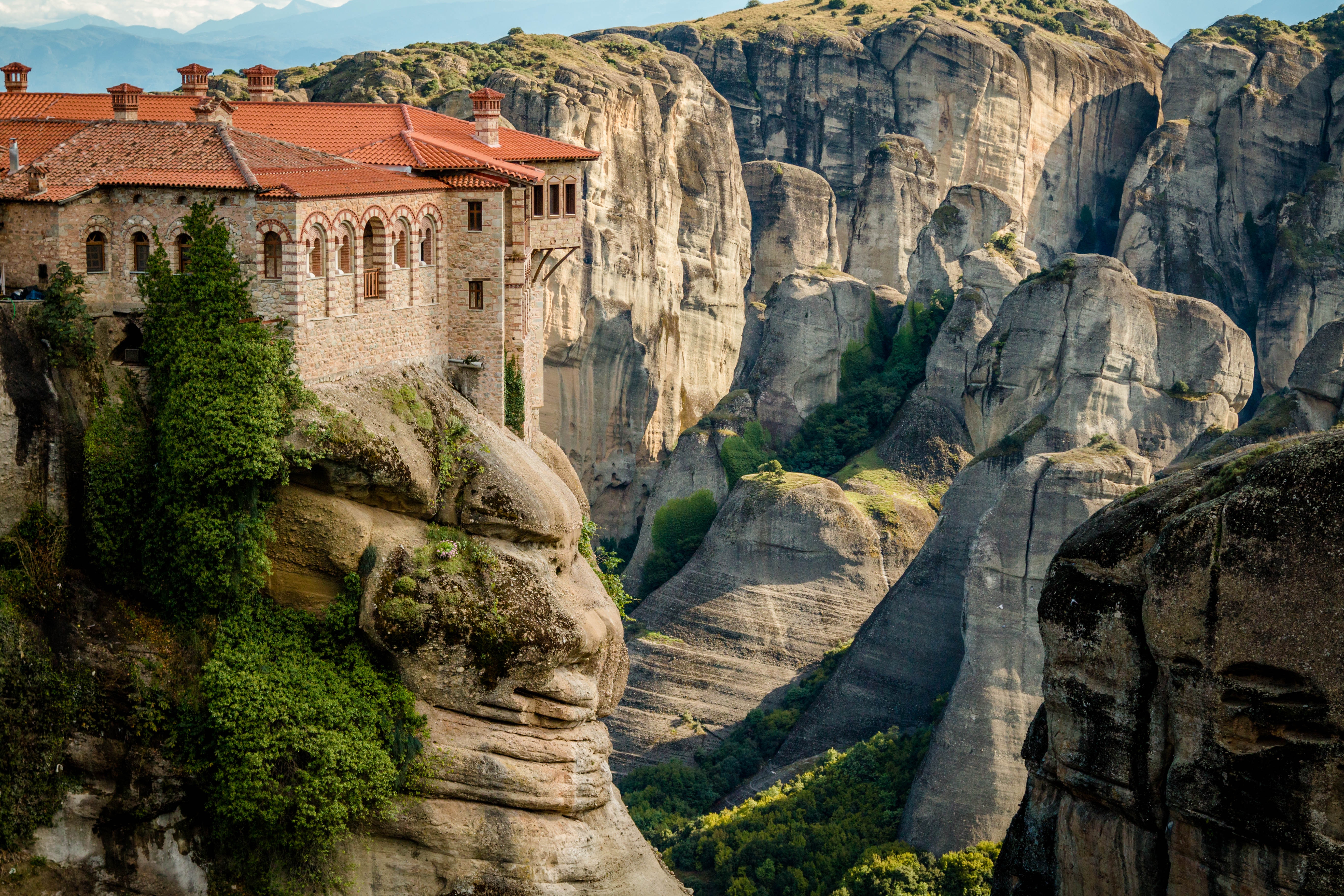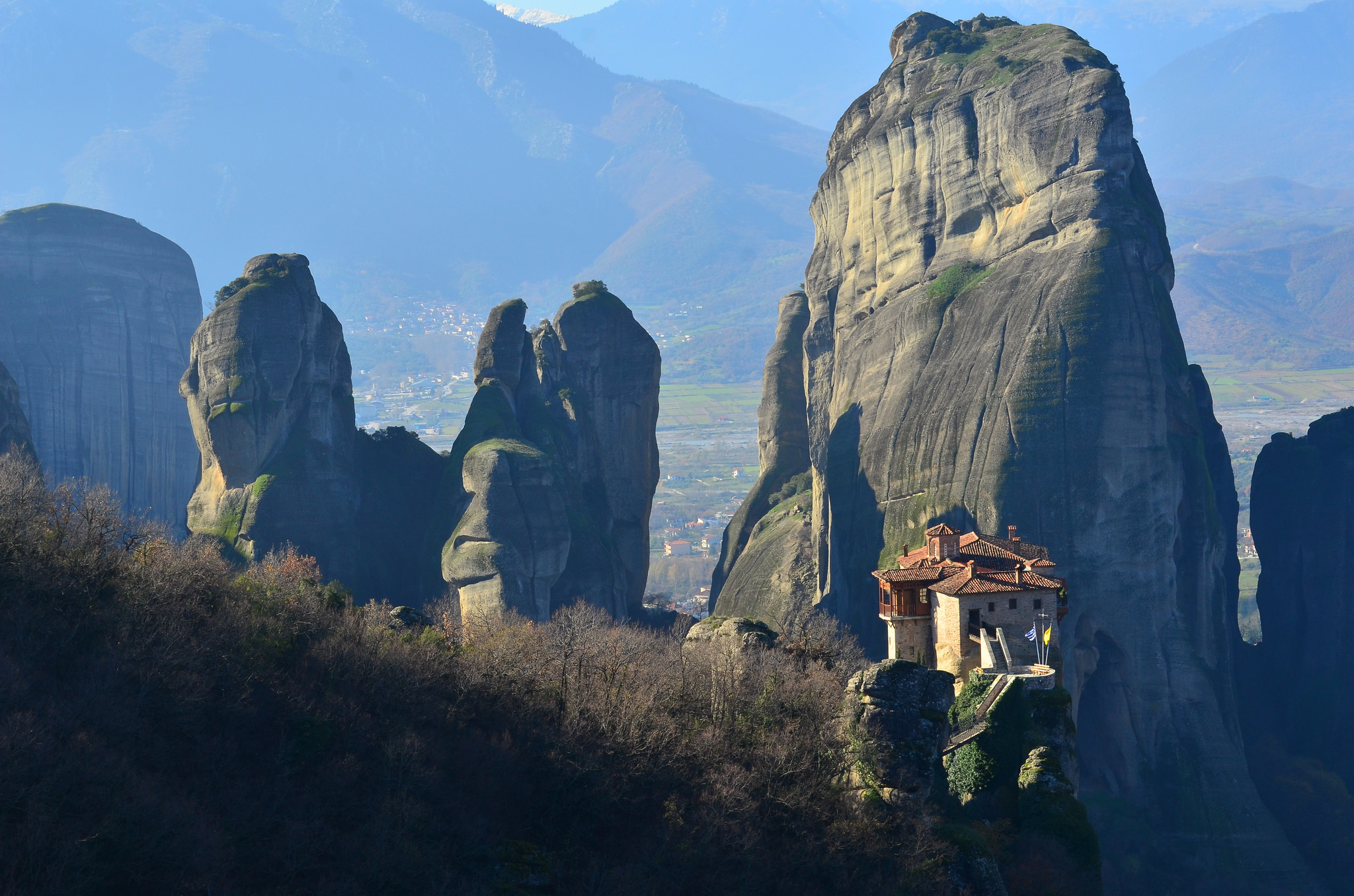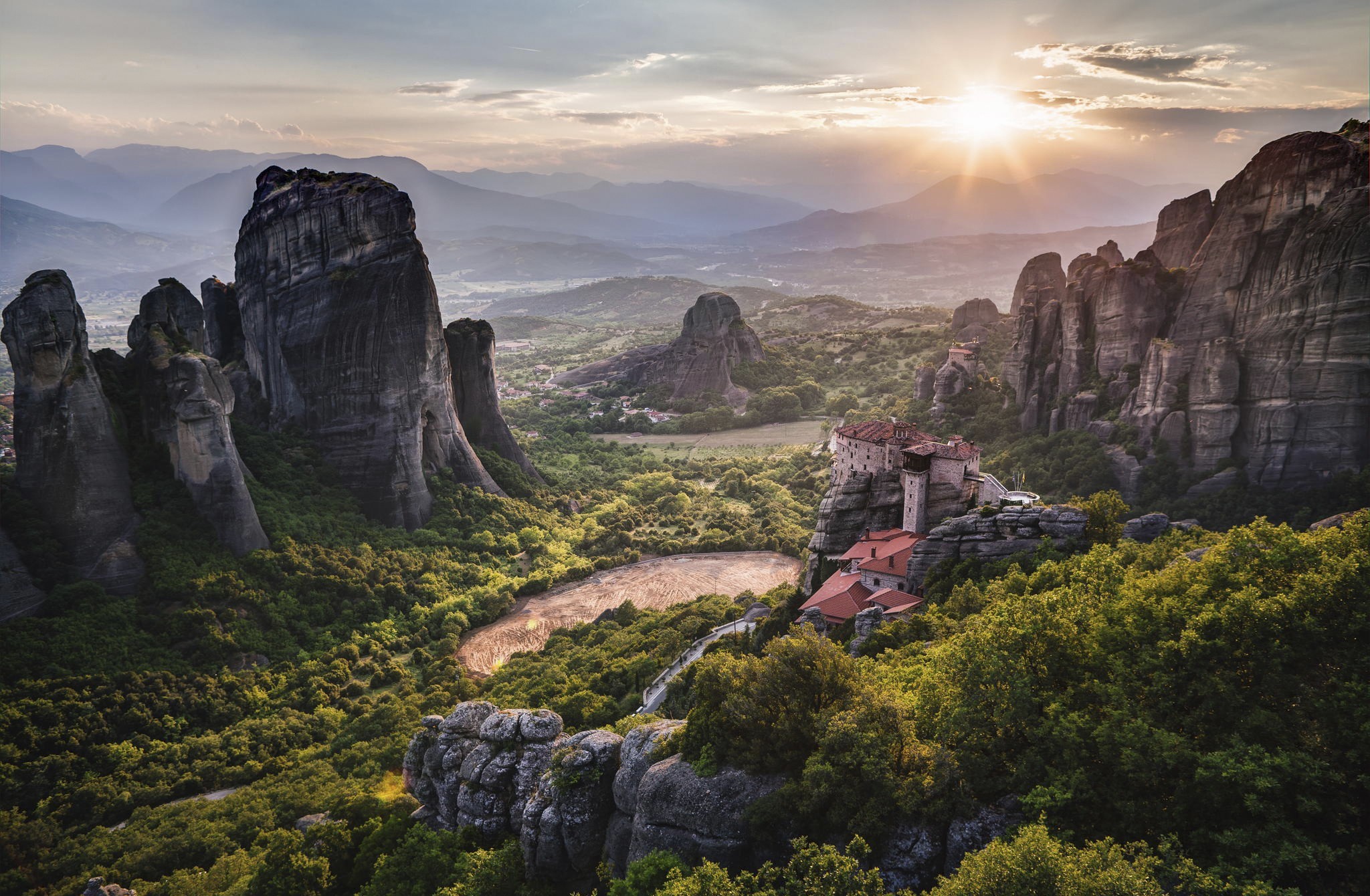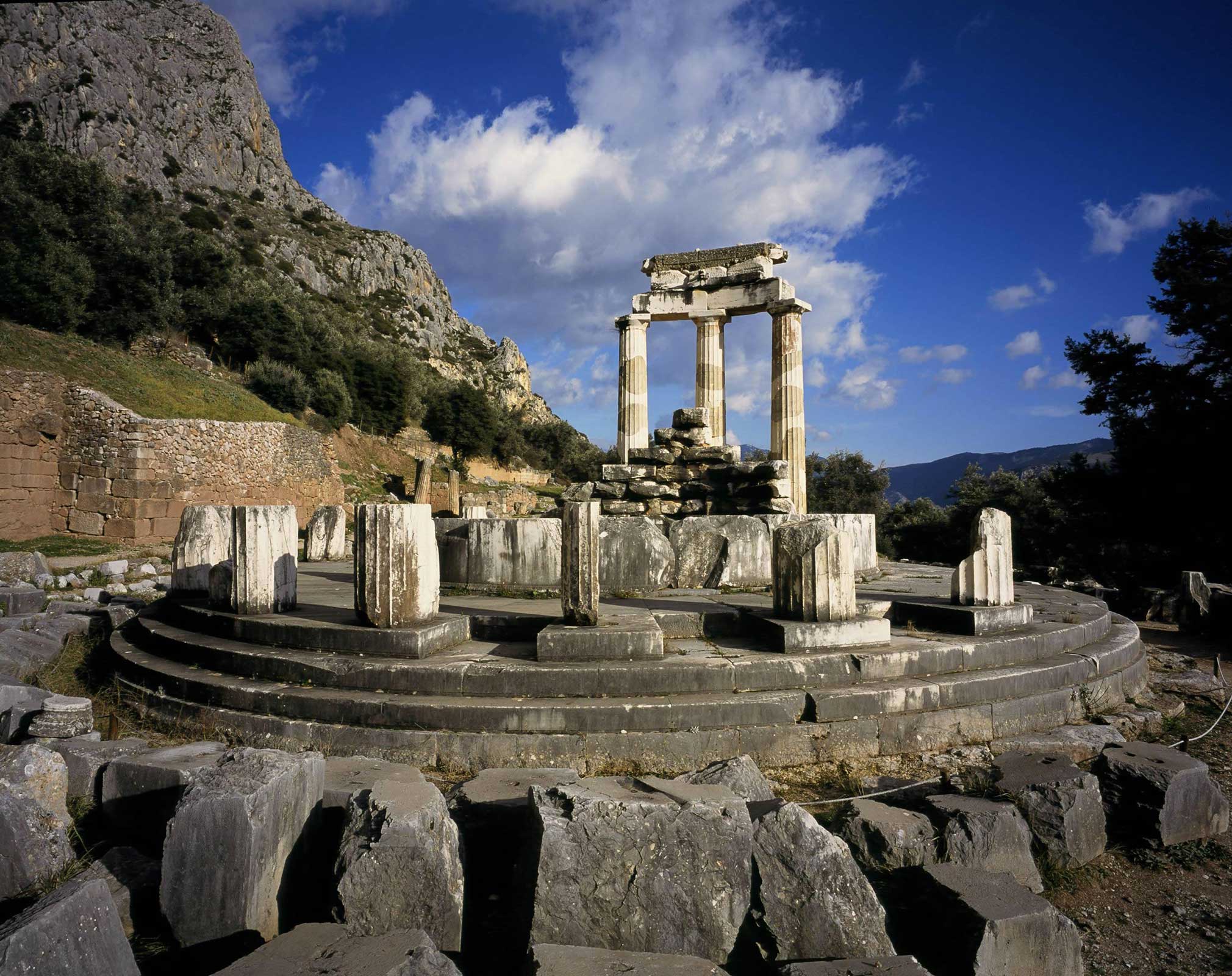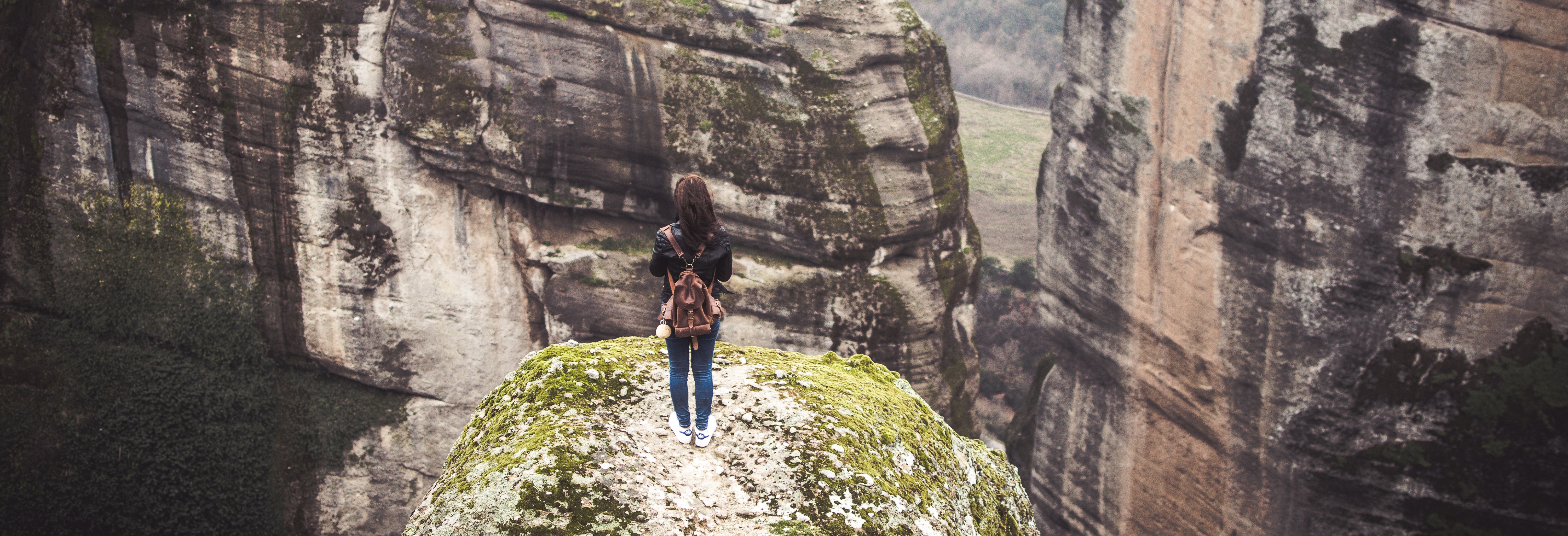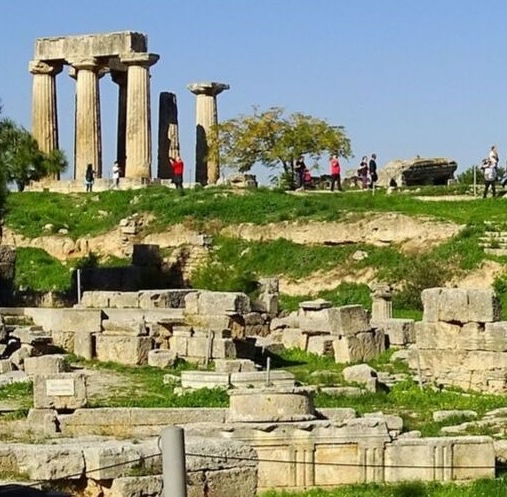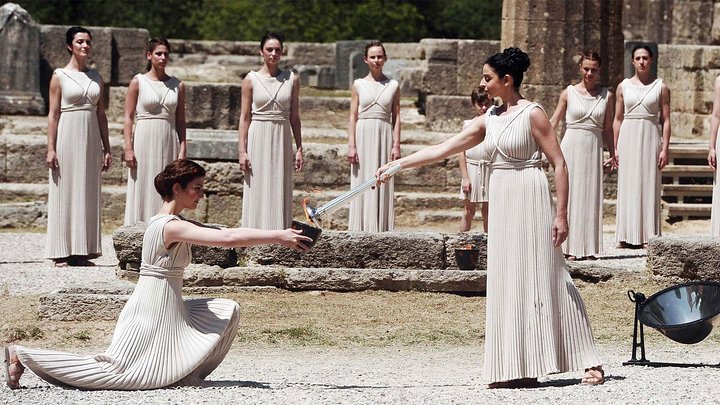Relive Delphi’s enigmatic past, paying tribute to king Leonidas of Sparta and witness the Illuminating rocks reflecting off the ‘Hanging Monasteries’ of Meteora!
Delphi, a town on Mount Parnassus is the site known as the ‘naval of the earth’!
A Unesco World Heritage Site, the site of the Delphic Oracle, the most famous and important of the Greek World dating to the ninth Century B.C .
Amongst an amazing hillside setting that is guaranteed to take your breath away, the area was also a major site for the worship of the God Apollo after he slew the Python, a deity who protected the navel of the earth or center of the world.
Awaken your ‘Third Eye’ feeling the presence of the famous Oracle Pythia as you stroll through the remains of the sanctuaries of Apollo, Athena Pronaia as well as the ancient stadium, theatre and captivating Athenian Treasury!


A remarkable mountain side extensive archaeological complex!

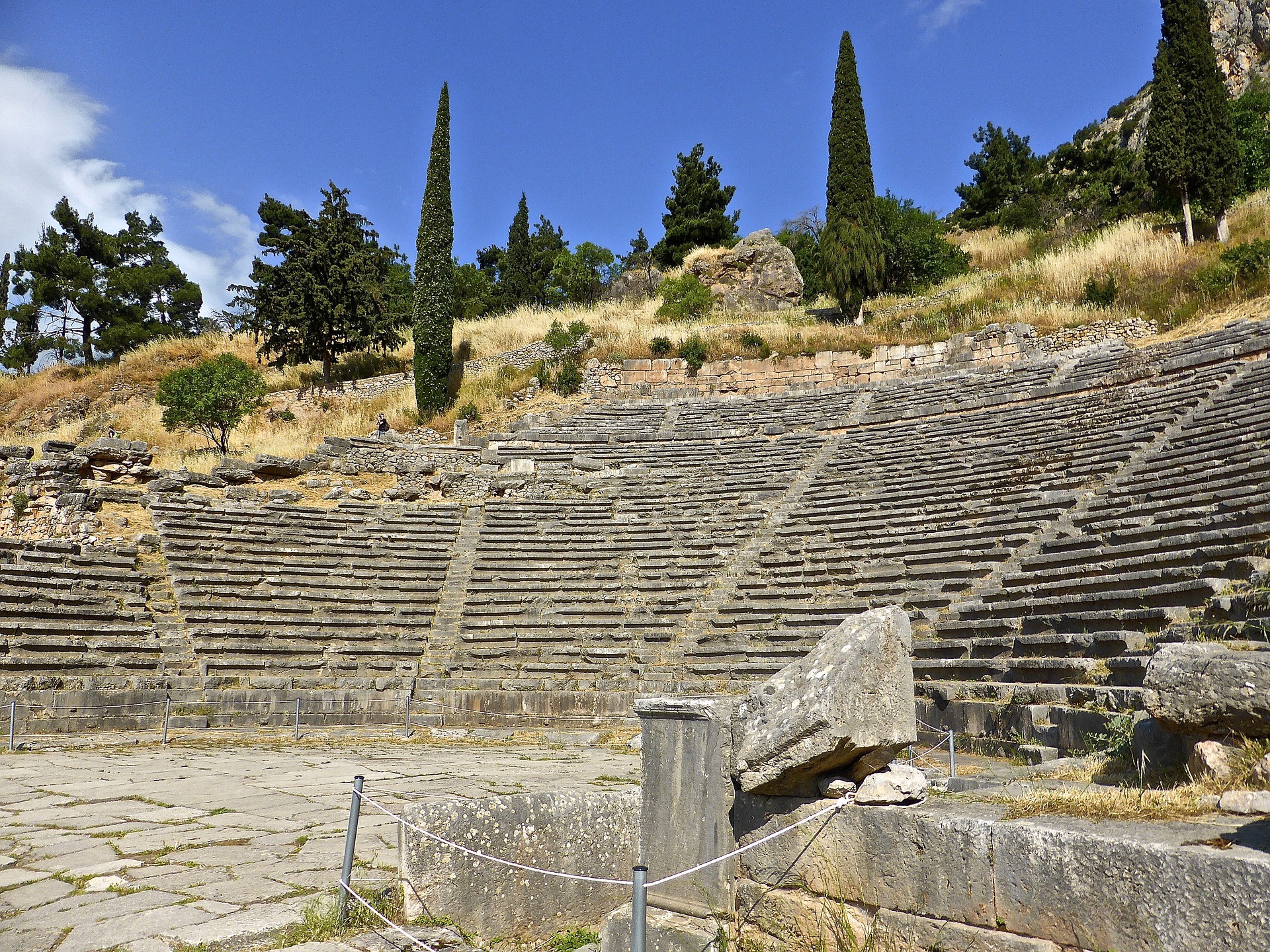
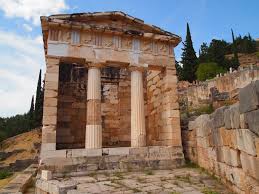
You will be intrigued by the magnificent Archaeological Museum displaying artifacts found amongst the ruins.
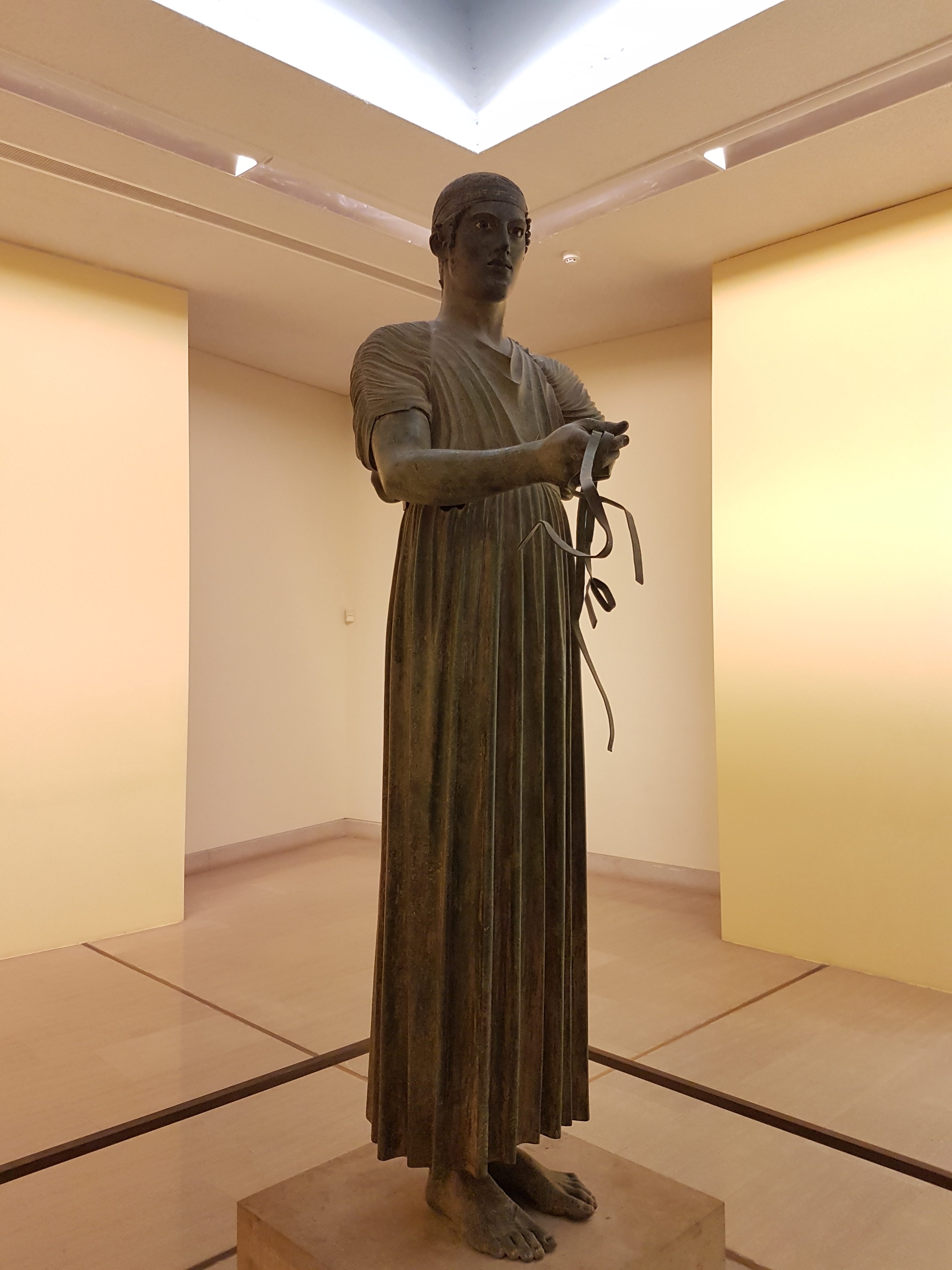
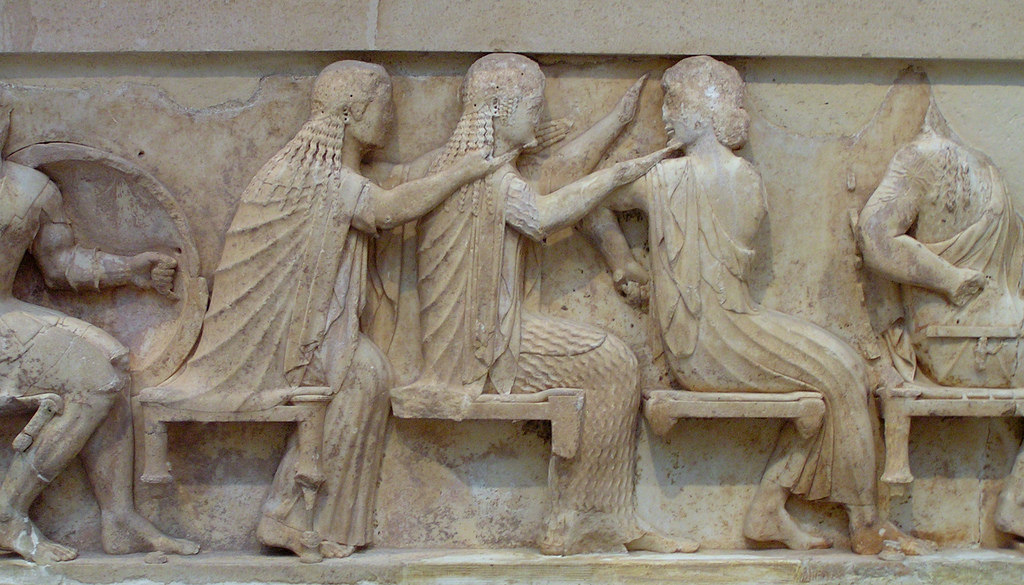




Enjoy your lunch on the caldera overlooking olive groves from Amphissa and the coastal town of Itea embracing the Corinthian gulf!
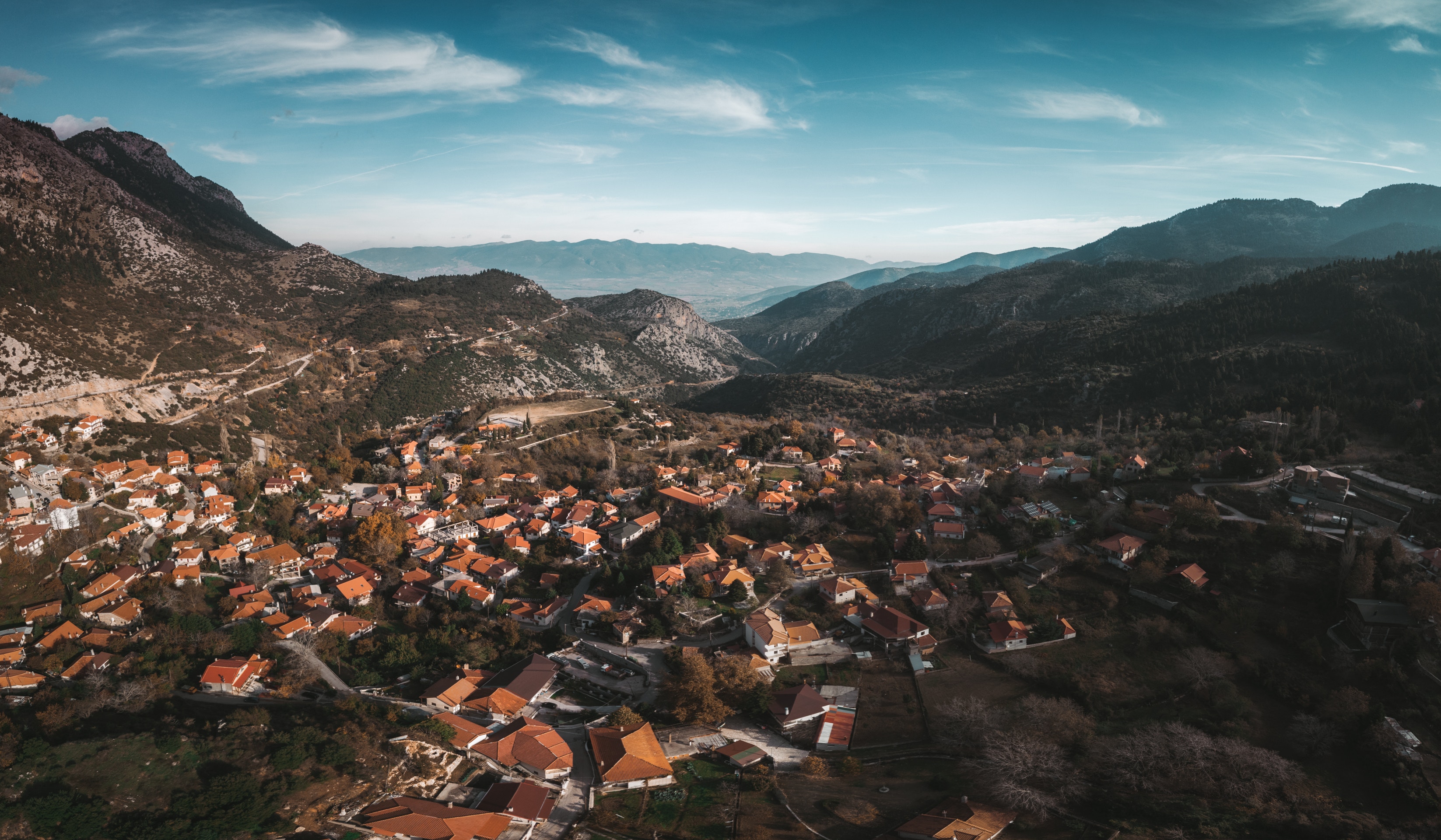
Thermopylae the entrance to Hades!
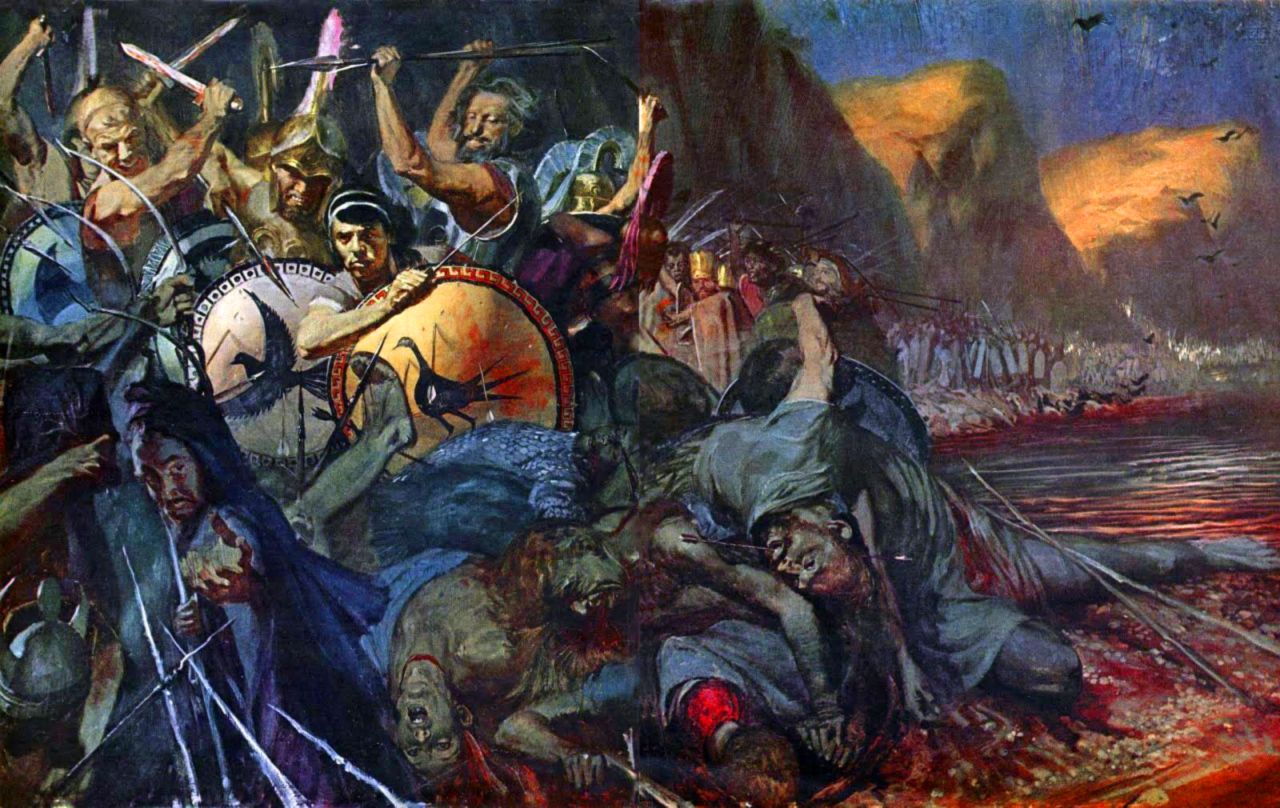
It derives its name from it’s hot sulphur springs. The ‘Hot Gates’ is the ‘place of hot springs’ and in Greek mythology it is the cavernous entrances to Hades.
The Battle of Thermopylae, 480 BC, was fought between an alliance of Greek city-states, led by Sparta, and the Persian Empire of Xerxes. It took place at the pass of Thermopylae.
Gaze upon the Hot Springs as you pay your respects to King Leonidas of Sparta and his 300 hoplites!
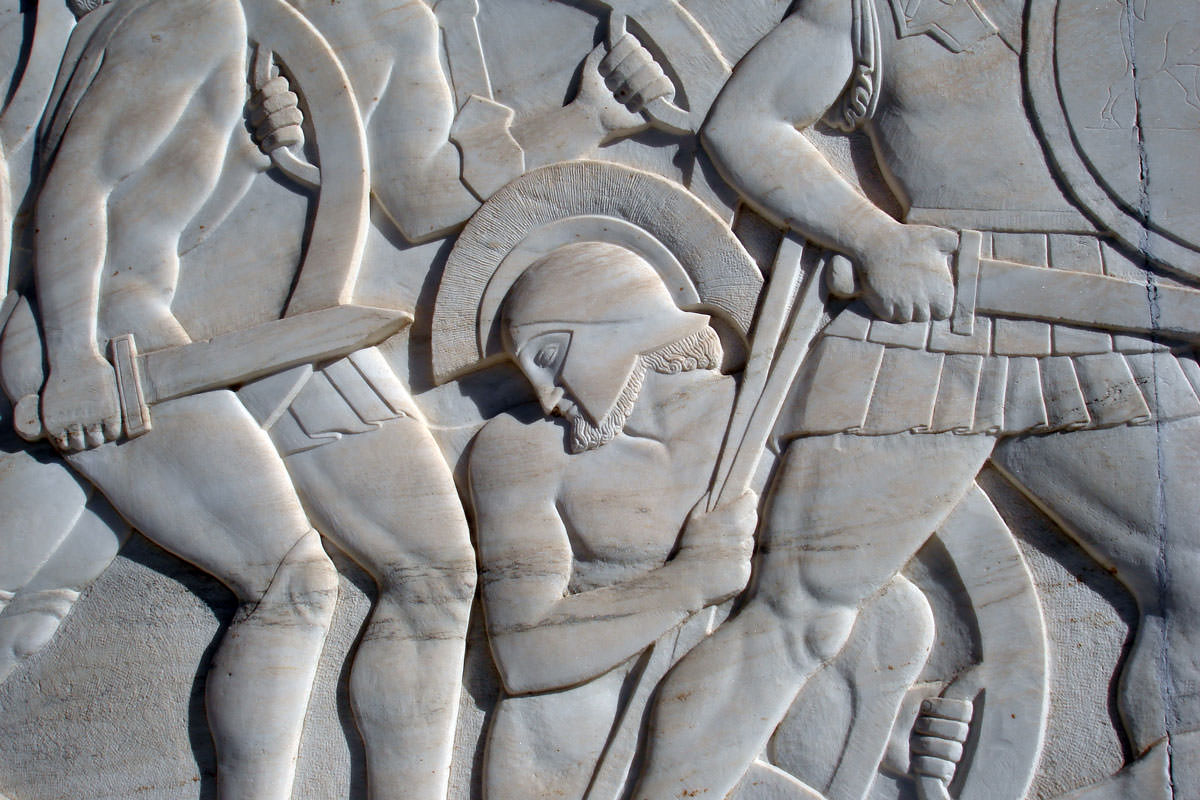


An eternal struggle for spiritual elevation, a rock formation in central Greece, Meteora hosts one of the largest and most precipitously built complexes of Orthodox monasteries!
Meteora is the biggest and most important group of monasteries in Greece after those of Mount Athos. The rock monasteries have been characterised by UNESCO as a unique phenomenon of cultural heritage.
In a region of almost inaccessible sandstone peaks, monks settled on these ‘columns of the sky’ from the 11th century onwards. ‘Suspended in the air’ ( the meaning of Meteora in Greek ), these monasteries represent a unique artistic achievement and are one of the most powerful examples of the architectural transformation of a site into a place of retreat, meditation and prayer.
